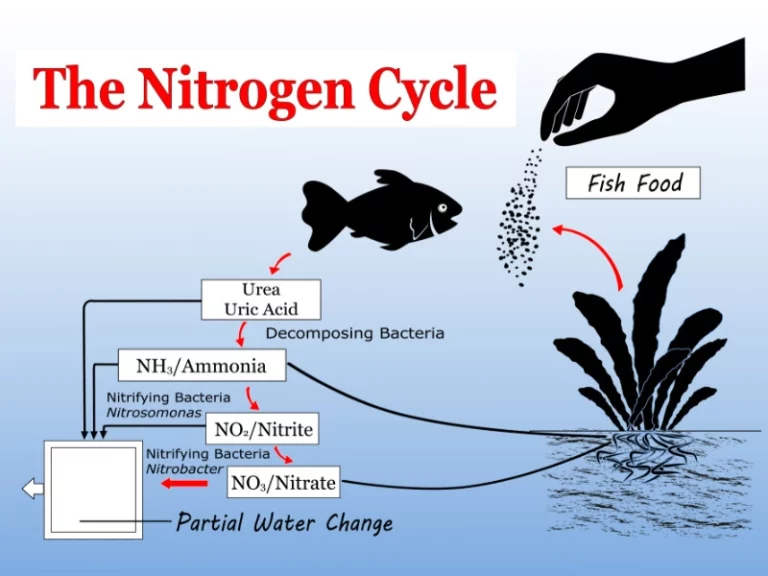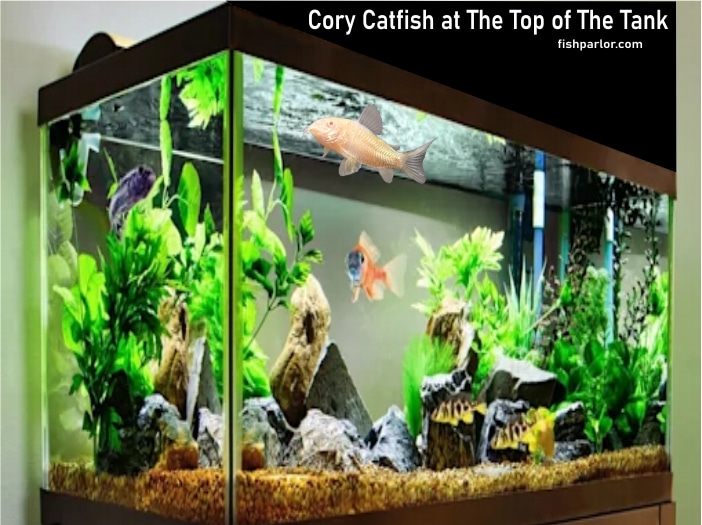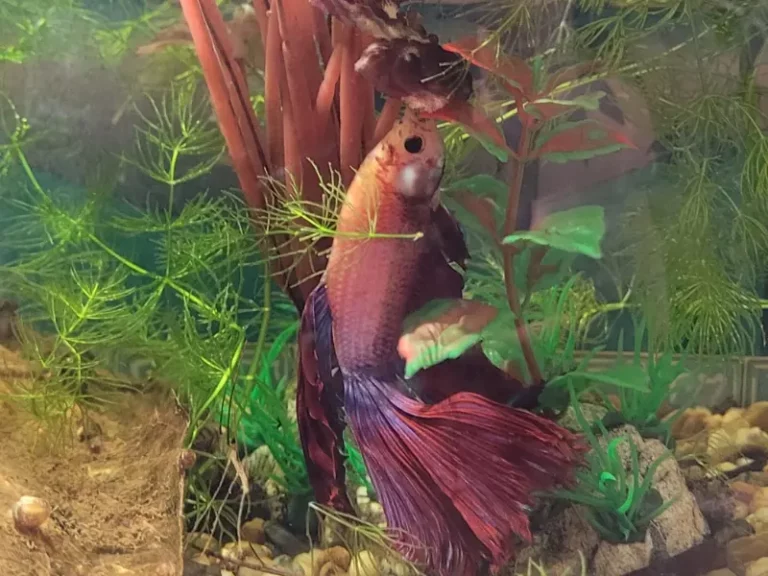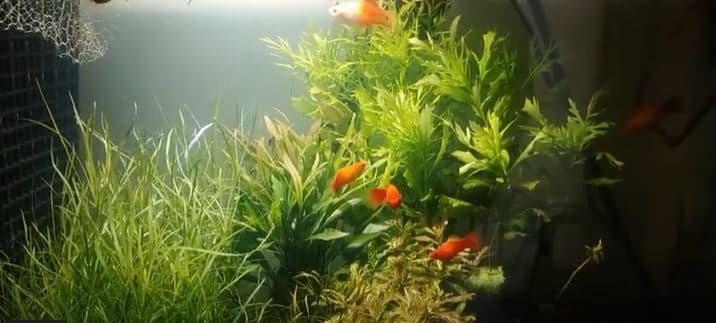Shrimps may look dead when they are undergoing the molting process. Molting in adult shrimps usually occurs every seven to eight weeks, while baby shrimps can molt at intervals of one to two weeks, depending on how fast they are growing.
The bamboo shrimp may appear dead, especially when molting. Shrimp may appear to be dead during the molting process. This is particularly true if the shrimp consumes its exoskeleton after molting. When filter-feeding, shrimp may also appear dead.
Besides molting, bamboo shrimp may play dead while they are filter-feeding which is drawing in food particles and microscopic creatures from the water. However, filter-feeding does not necessitate the shrimp to remain stationary, although some do when in the process.
Is my bamboo shrimp dead or playing dead?
The differences between a dead and an acting shrimp are as follows:
| Dead Shrimp | Acting Shrimp |
| Turns pinkish in color. | Maintains a whitish color. |
| Attracts scavengers and other organisms. | Remains untouched by other organisms. |
| No signs of motion. | It may wiggle its antennae. |
| Begin decomposing. | Remains fresh. |
Shrimp and other aquatic animals might die from the new tank syndrome and many other reasons. Knowing how to identify dead from acting ones is vital.
Why do bamboo shrimp play dead?
When a bamboo shrimp appears to be dead, it is most likely undergoing a growth process called molting. The process occurs when the exoskeleton sheds off the body to allow the shrimp to grow before it grows another exoskeleton.
During molting, shrimp are extremely sensitive and prefer to remain still. Bamboo shrimps may look dead when they undergoing the molting process. In any of these scenarios, the shrimp is not playing dead on purpose. Instead, it’s attempting to satisfy a natural want or need.
Furthermore, following molting, some shrimp will consume the exoskeleton. This compels them to remain motionless for an extended period of time. If you assume your shrimp molted recently but cannot find the exoskeleton, it must have eaten it.
Is my bamboo shrimp dead or molting?
Since shrimps can appear dead even when still alive, it is critical to understand how to differentiate between a molting shrimp and a dead one. There are several indicators to watch for in a shrimp’s behavior that indicates they are about to molt:
Level of activity
The most prevalent sign is that they spend a lot of time standing motionless and not showing signs of life for as much as an hour or longer. They will occasionally avoid eating while in the molting process, remaining motionless and barely wiggling their antennae.
If you notice many shrimp responding in this manner, it may also indicate an issue with the water quality, and you must check and rectify it as needed. Poor water quality is one of the reasons fish die together with other aquatic animals.
Change in color
Dead shrimps often turn from whitish to pinkish in a matter of days. Shrimps that shed off their exoskeletons successfully are often whitish in color. It is for such a reason that they are identified by the “white ring of death,” which is a white ring that appears at the point where the head attaches itself to the body.
The appearance of the ring is usually an indication that the separation was not successful and may often lead to the shrimp being stressed and possibly dying. If you don’t use the right aquarium water test kits and strips to keep the water clean, your shrimp might die.
If it dies, it’ll start decomposing, losing more color and attracting other aquatic animals.
Why does molting kill some shrimp?
On rare occasions, you may notice a shrimp lying on its side, possibly lifeless or wiggling continuously. This could indicate that it’s attempting to shed off its old exoskeleton but became trapped somehow.
The trapping could be due to the shell being cracked in the wrong spot, preventing the shrimp from escaping the old exoskeleton.
Unfortunately, there is usually nothing that can be done to help in such situations. There is a likelihood that the shrimp will finally break free from the molt, although this does not always happen.
Some keepers have proposed using tweezers to delicately hold part of the old shell to give the shrimp traction, allowing it to eventually dart out to freedom. Be careful if you choose to do so.
How long does it take for bamboo shrimp to molt?
The bamboo shrimp begins to hide under rocks and plants about a day or two before molting. An adult bamboo shrimp molts every 7 to 8 weeks. However, juvenile shrimps can molt every 1 to 2 weeks, depending on how quickly they grow.
The molting process can take anything from 5 to 10 days to complete and the shrimp will have a new hard exoskeleton again. It can also take longer in other shrimps based on various factors.
The length of time the process takes usually depends on the amount of calcium intake, as the mineral is critical in the formation of the bony structure.
Shrimps can lay on their sides while molting when stuck in their old exoskeletons. Otherwise, they never lie on their sides if they successfully detach from the old exoskeletons.
Signs of molting in bamboo shrimp
The bamboo shrimp may not act dead through the entire molting period. However, it will exhibit reduced motion a day or two before the commencement of the process and start showing signs of activity a day or two toward the end of the process.
At the end of molting, the shrimp is usually starved and will start feeding rigorously to cover for the time spent without eating during molting. It is because of such that the shrimp often eats its exoskeleton.
Factors determining shrimp molting
To make molting easy for your shrimp and other molting aquatic life, work on the following factors:
1. Water quality
The chief factor for a failure during molting is that the water quality parameters are inappropriate for your shrimp species. When determining the source of poor molts, the two most significant water characteristics to examine are Carbonate Hardness and General Hardness.
Also important is the Total Dissolved Solids in Water, often used as a less comprehensive approximation of water chemistry. The measurements may vary significantly with tap water depending on where you live.
2. The shrimp’s diet
A less common but likely cause of molting troubles is their diet, which is often high in calcium and proteins. Feed your shrimp a variety of diets, including steamed vegetables, algal wafers, other shrimp feeds, and biofilm.
Snowflake food is rich in proteins and can be safely left in the aquarium until consumed without contaminating the water. Snowflake meals are made from soybean shells and function by encouraging mycelia’s growth, which is the vegetative portion of fungi.
This mycelia contain a lot of rich nutrition and would be a great introduction to a shrimp’s feeding regimen.





